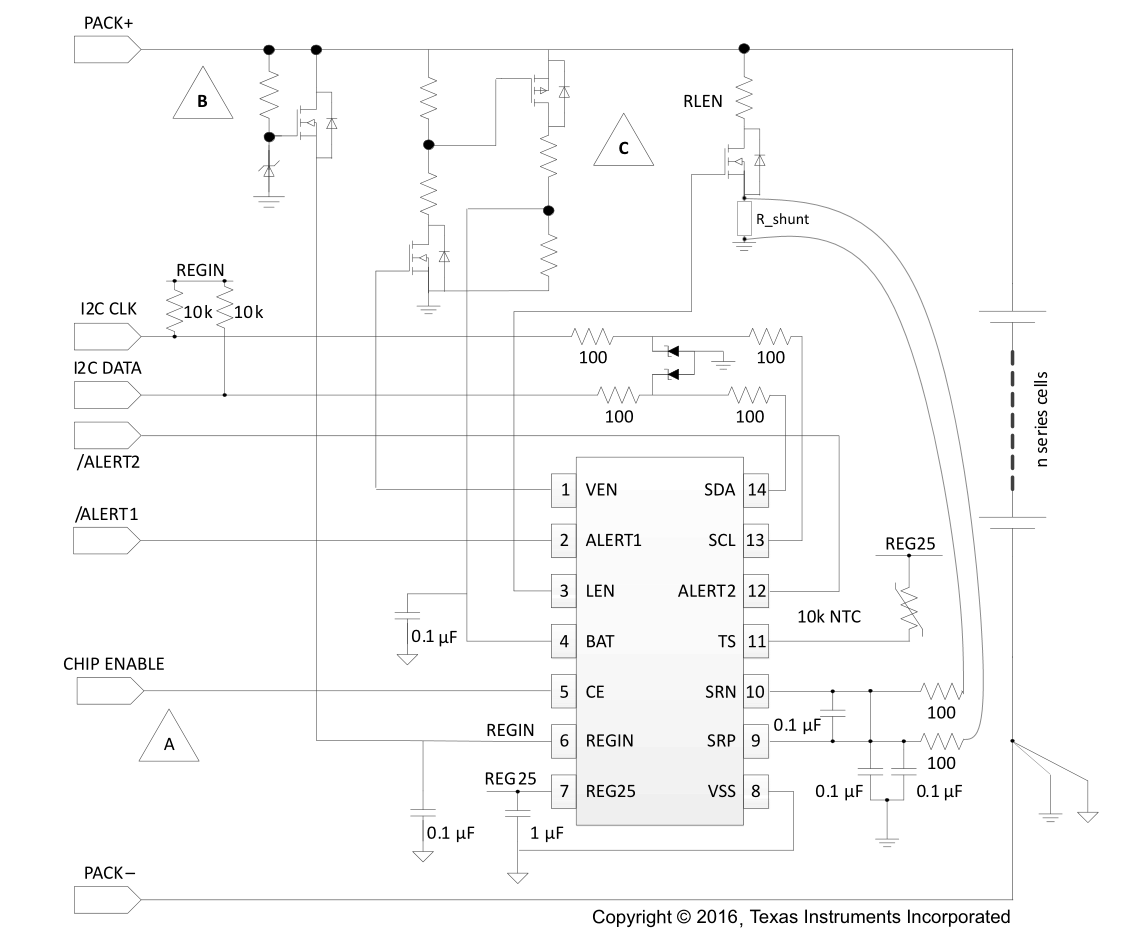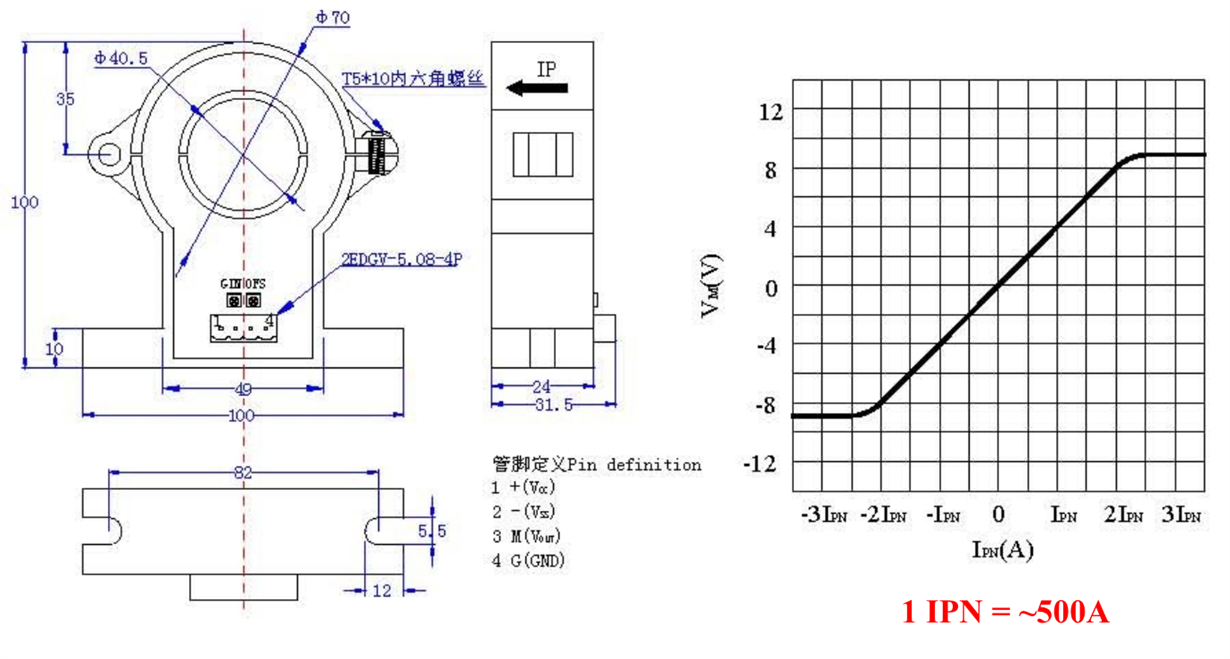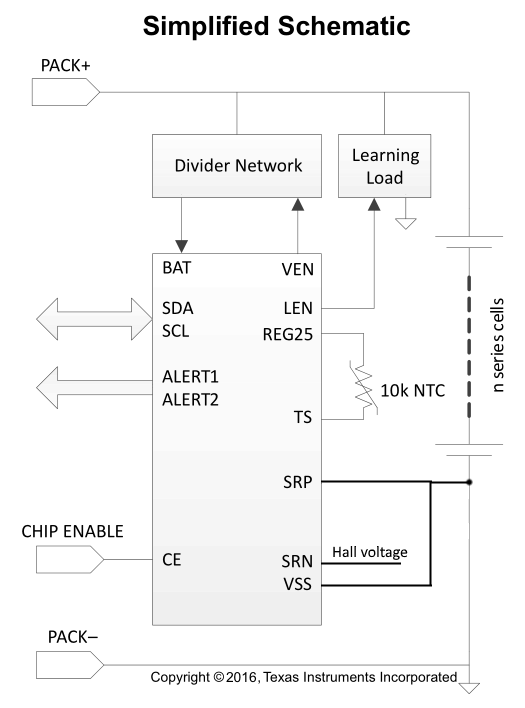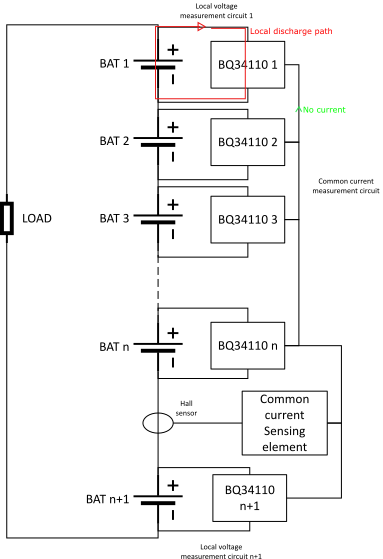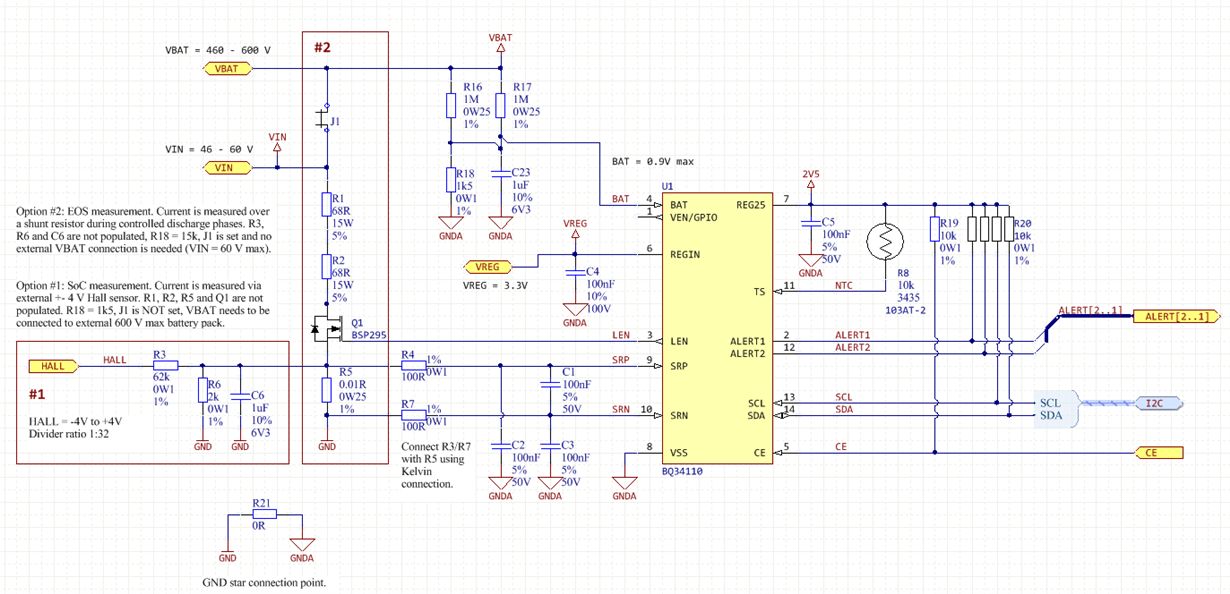Other Parts Discussed in Thread: BQ34110, BQ34Z100, BQ34Z110, BQ76930
Hello there,
Using the parameters available through the bq34z100-G1, is there a way to estimate the current internal battery impedance without having to open the circuit? I have searched the datasheet and haven't found an impedance read value as such.
I would appreciate all help.


